Happy New Year!
Happy New Year?
Yes, I’m being a bit previous. It’s because I’m looking forward to January 2016, the end of the International Year of Soils.
Still puzzled? Why would a down-to-earth climate-friendly gardener, who’s been writing a book on climate-friendly gardening for five years, who’s written a whole chapter of it on looking after soil, who knows that how we treat the earth will help to decide whether human beings have a decent future on the Earth, be looking forward to the time when it’ll be the Year of Some Other Damn Thing?
More soil life, more plant life; more plant life, more soil life…
‘Soil is Life!‘ was the name of the public open day at Rothamsted Research back on 17 May, and I was one of the visitors.
Last week, on 16 July, I went to yet another event in Rothamsted’s contribution to the International Year of Soils.
This time – like the Wildlife Gardening Forum’s conference in June – the focus was on the wildlife in the soil.
There were two speakers, Richard D. Bardgett and Penny Hirsch, and their talks were complementary: the (relatively) big stuff, soil animals and fungi, and the small stuff, bacteria, both natural and agricultural soils, and soils in Britain and abroad. I hope that their presentations will become available on the Rothamsted website because they were full of fascinating details and references, and I didn’t manage to make notes of all of it. There was a fair bit of time for questions and discussion at the end – I’ve got notes of 13 questions – but what they both had to share with us was so fascinating we could have had a discussion that lasted all day and all night.
The Earth in a teaspoon
My home, well, one of my homes, is on the Isle of Wight. If we could choose our own famous cliché we might be known, perhaps, for many things – red squirrels, dormice, and Glanville fritillaries, Charles Darwin and Robert Hooke, or Julia Margaret Cameron, Karl Marx, and Jimi Hendrix.
But the famous factoid that everybody ‘knows’ about us is that all the world’s people could stand on the Isle of Wight.
Well eat your urban myth heart out, Isle of Wight. You’ve been beaten by a teaspoonful of soil.
There are as many organisms in a teaspoonful of soil as there are people on the Earth.
I heard it at the Natural History Museum so it must be true.
Soil is Life!
Rothamsted Research, home of the longest-running agricultural experiments in the world, sometimes let us through their hallowed doors. 2015 is the International Year of Soils, and some of Rothamsted’s public events let us share some of their soil research.
And back in February, one of those events was an evening about soils and climate change. Maybe if I’d known it was happening I would still have managed to miss it by trying to do too many other things – but I missed it just because I didn’t even know it was happening. Doh!
Then on 6 May there was an evening event about soil fertility. I missed that one too.
But on 17 May Rothamsted held a public open day, yup, a whole day, called ‘Soil is Life!’ …
We the people
On Friday morning will it be a new dawn and a new day? Will we be feeling good?
Well peeps I’m not Russell Brand. So I’m not going to tell you which party to vote for.
And anyway I wouldn’t expect you to do what I tell you just because I tell you.
Oh and just in case you’re reading this and you’re not a citizen of the United Kingdom (I know we Brits find it hard to realize such people exist, so I’m getting this in early) apologies already and you have my permission to stop reading now. Sorry, I forgot, I’m not telling anybody what to do or what not to do…
Go slow – plant slow-growing hedges
Springwatch is like Arnie. It’ll be back*. I know the marketing people couldn’t allow anything so uncatchy, but I wish they’d call it EarlySummerWatch because in my calendar spring is almost over, and with it our last chance to do the things that we do in spring, like planting evergreens.
When I hear the first swift (and it’s usually hear, before I look up in joy and see them) then summer has started. The weather is warm, the migrants are back, and the trees are in leaf. Early summer maybe, but summer it is.
So it’s hard to remember that only a few weeks ago gardeners might have been wrapped up in winter clothes and shivering in a cold biting wind.
I know I was. Not in every garden, just the one.
Be a nutter
I’m a nutter. My family and friends have known that for years. But I’m not just your average common metaphorical nutter. No, I’m a common and a garden nutter. In my garden I grow nut trees. I eat the nuts. And it’s not just because I like adding walnuts to my stir-fries.
I’m a climate-friendly gardener, and ‘Make an orchard garden‘ is one of the things I keep going on about. When I say the word ‘orchard’ most people think I mean apples. Don’t get me wrong, nothing wrong with apples, or any other fruit. Here in Britain we’ve got the world’s biggest national collection of fruit trees at Brogdale in Kent, and I wish it had more recognition, better funding, and more land. Indeed I wish we had county collections of fruit and nuts in every county in the country.
But I think nuts are even more important than fruit.
Can British people grow our own food and still be climate-friendly?
On 2 April, the campaign group Population Matters issued their latest Overshoot Index, comparing the difference between what 180 countries produce and consume. In their Facebook post about this, Population Matters say ‘The UK is now in population overshoot by 42 million people (it could only sustain 21 million by its own resources)…’ What they don’t make clear is that this last bit – only 21 million people in a sustainable Britain – is true only if we choose to go on consuming what we consume now. I’m all in favour of people choosing to have fewer children so that we can reduce our population to more sustainable levels, but we could sustain ourselves even as we are now, if we ate differently. But this isn’t an either-or choice between population or consumption: ideally we’ll change both! Read More
57 varieties start here – time to explore
Marketing people are good at snappy messages. I’m not.
I started writing about climate-friendly gardening five years ago. I’m the kind of person who thinks there’s no such thing as too many books, or too long a reading list. When I started, I needed to find out as much as possible. Now, thousands of words later, as many details covered and as many references as I can find, the challenge is turned upside-down: to write about climate-friendly gardening in as few words as possible, so I can share the essentials of what I’ve learned.
I grew up at a time when a certain company still advertised their 57 varieties of processed foods. When I tried to get what I’d learned about climate-friendly gardening down onto a single page of paper, it somehow turned into 57 things for gardeners to do.



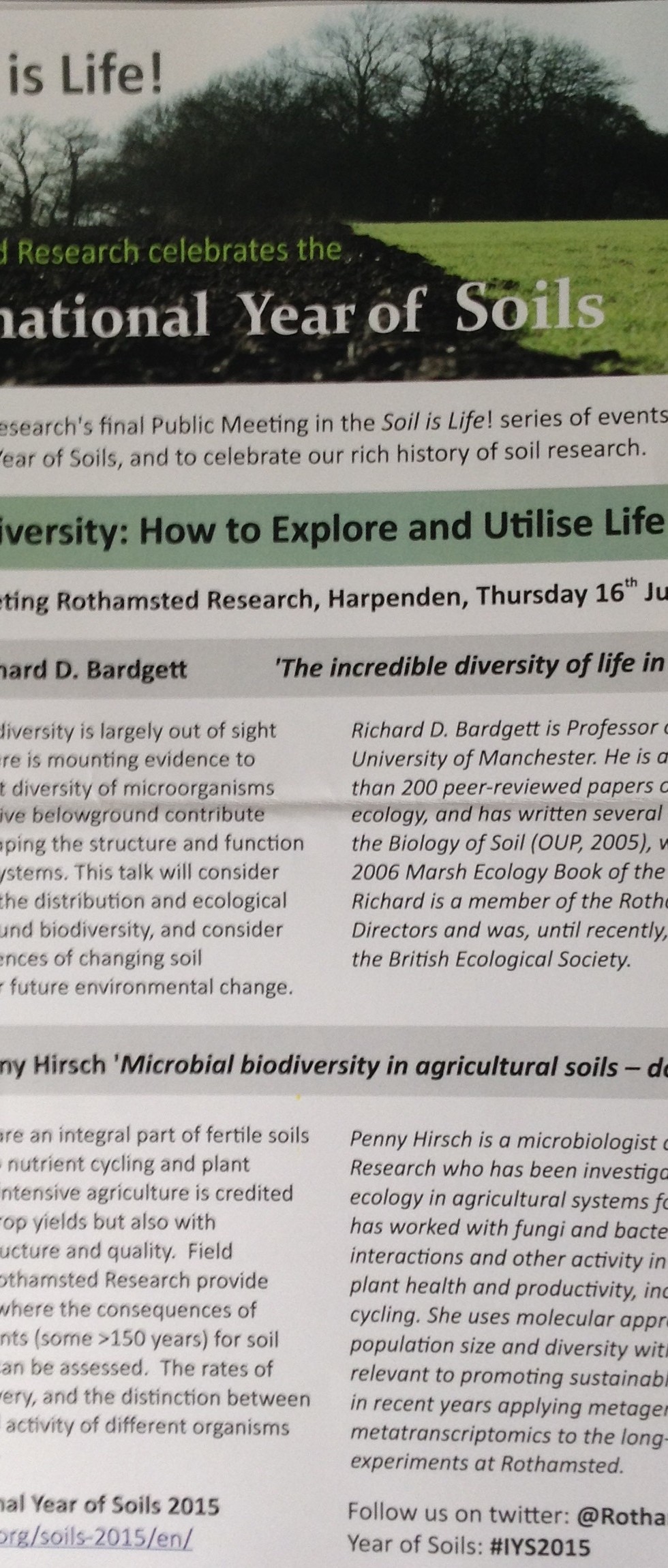
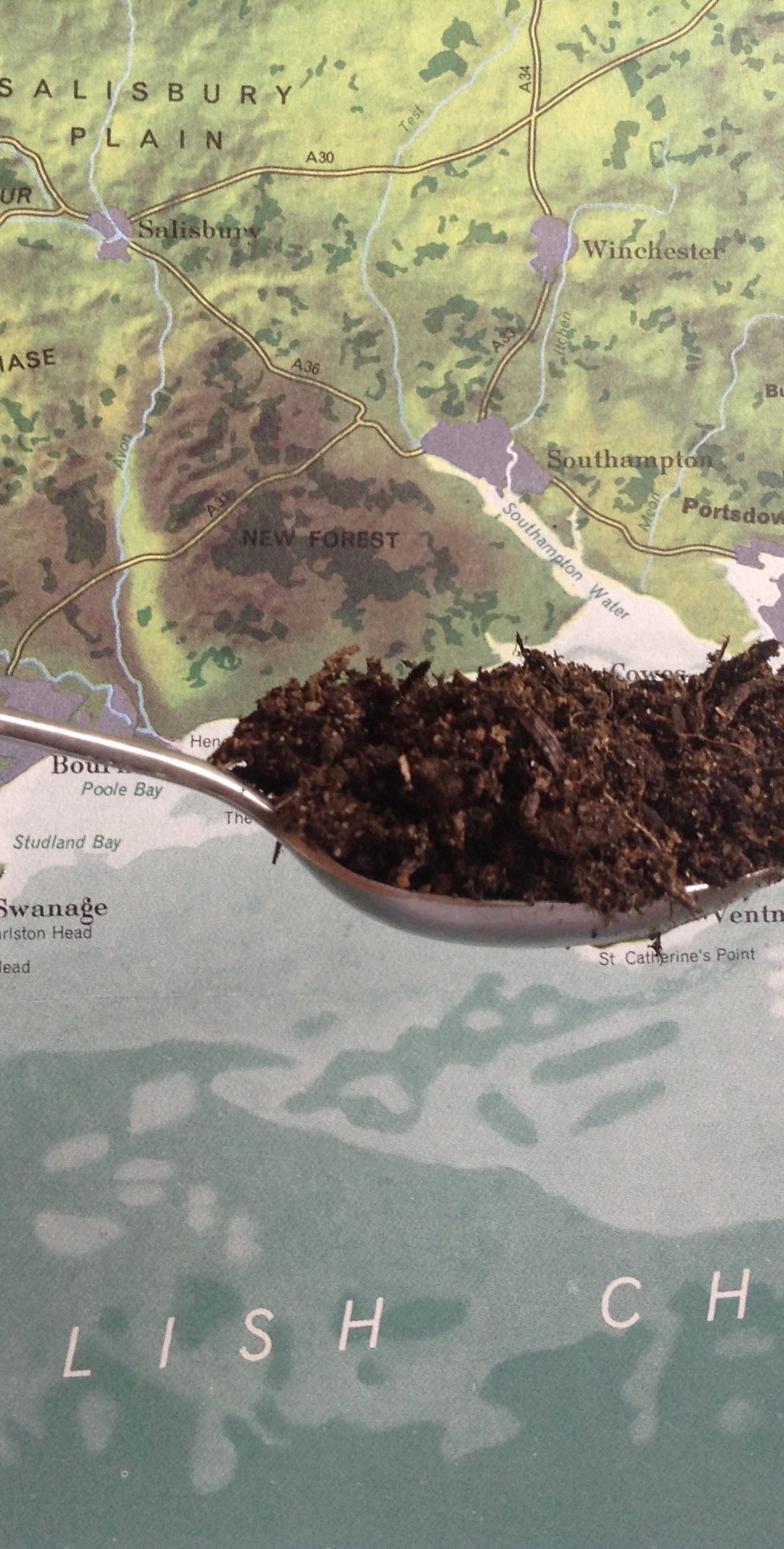
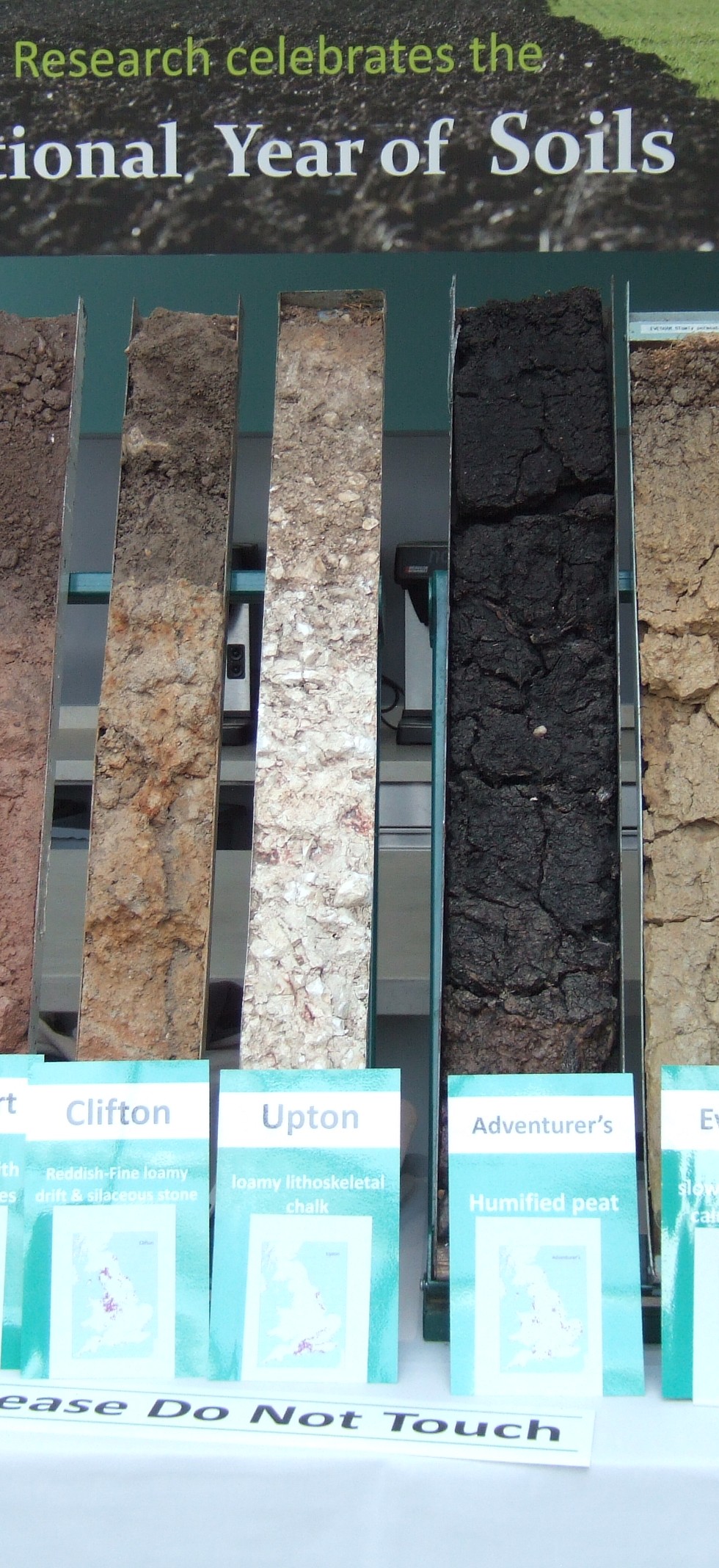

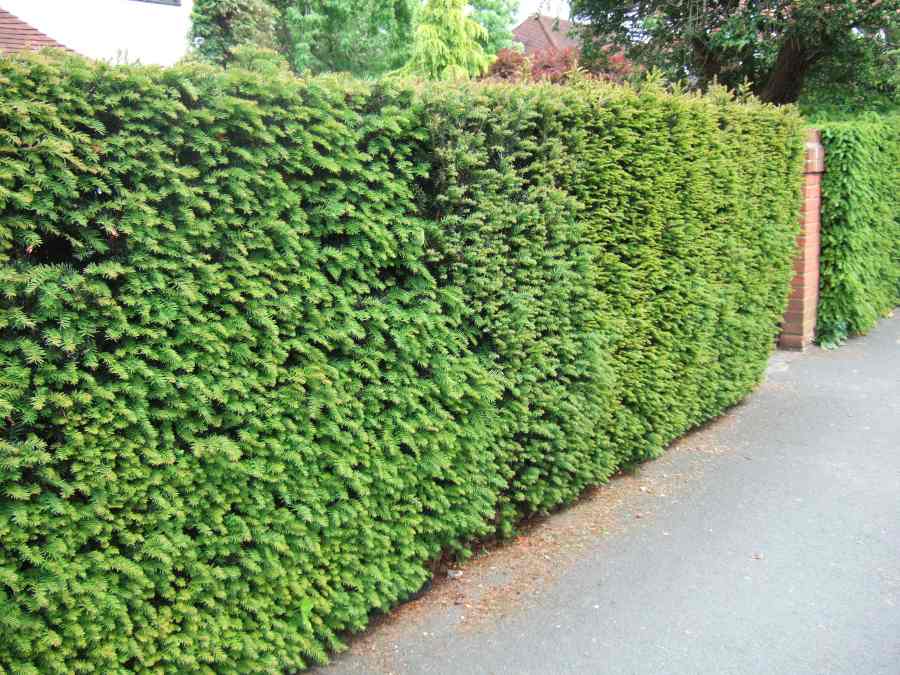
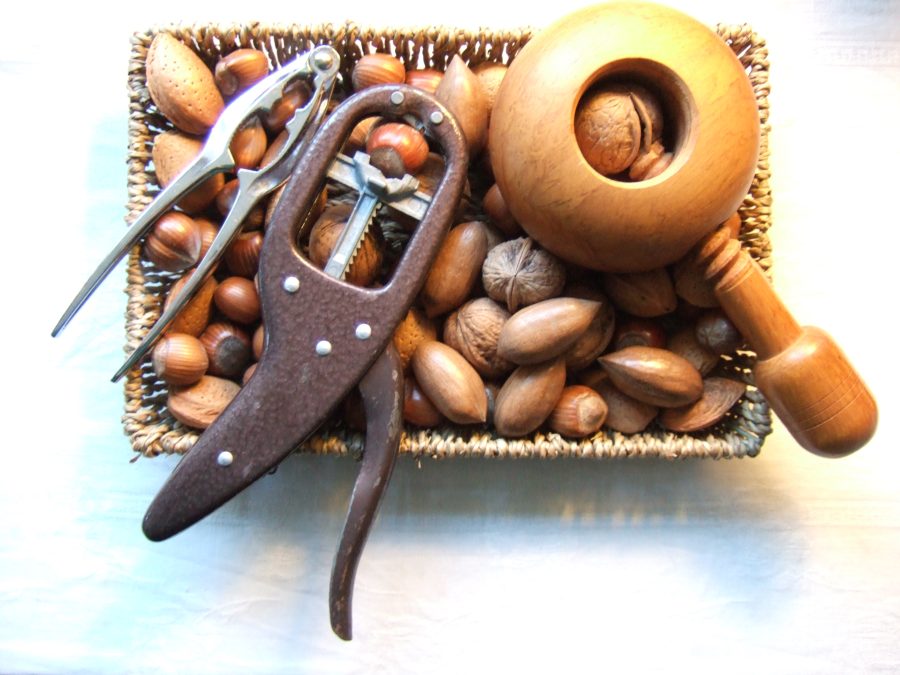

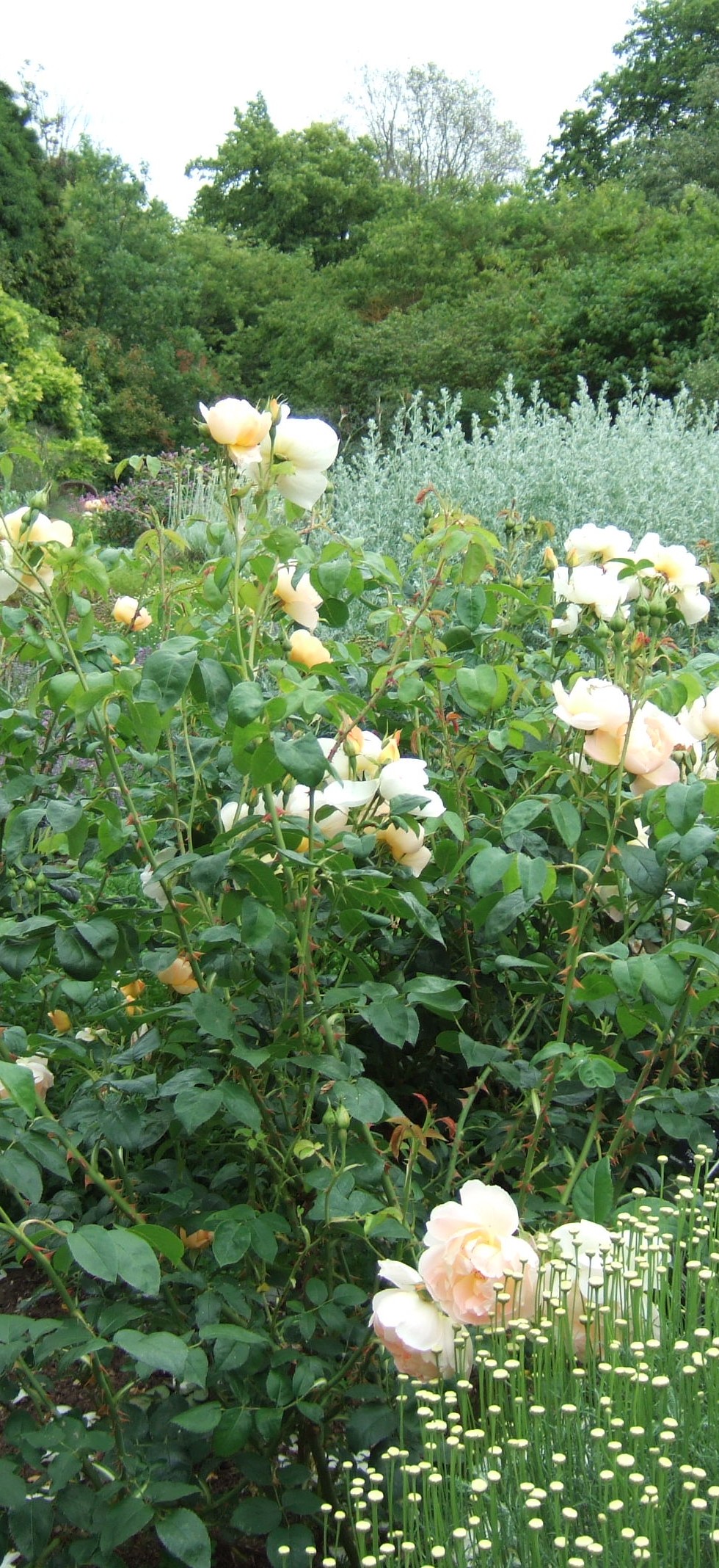
 Climate-friendly gardening
Climate-friendly gardening